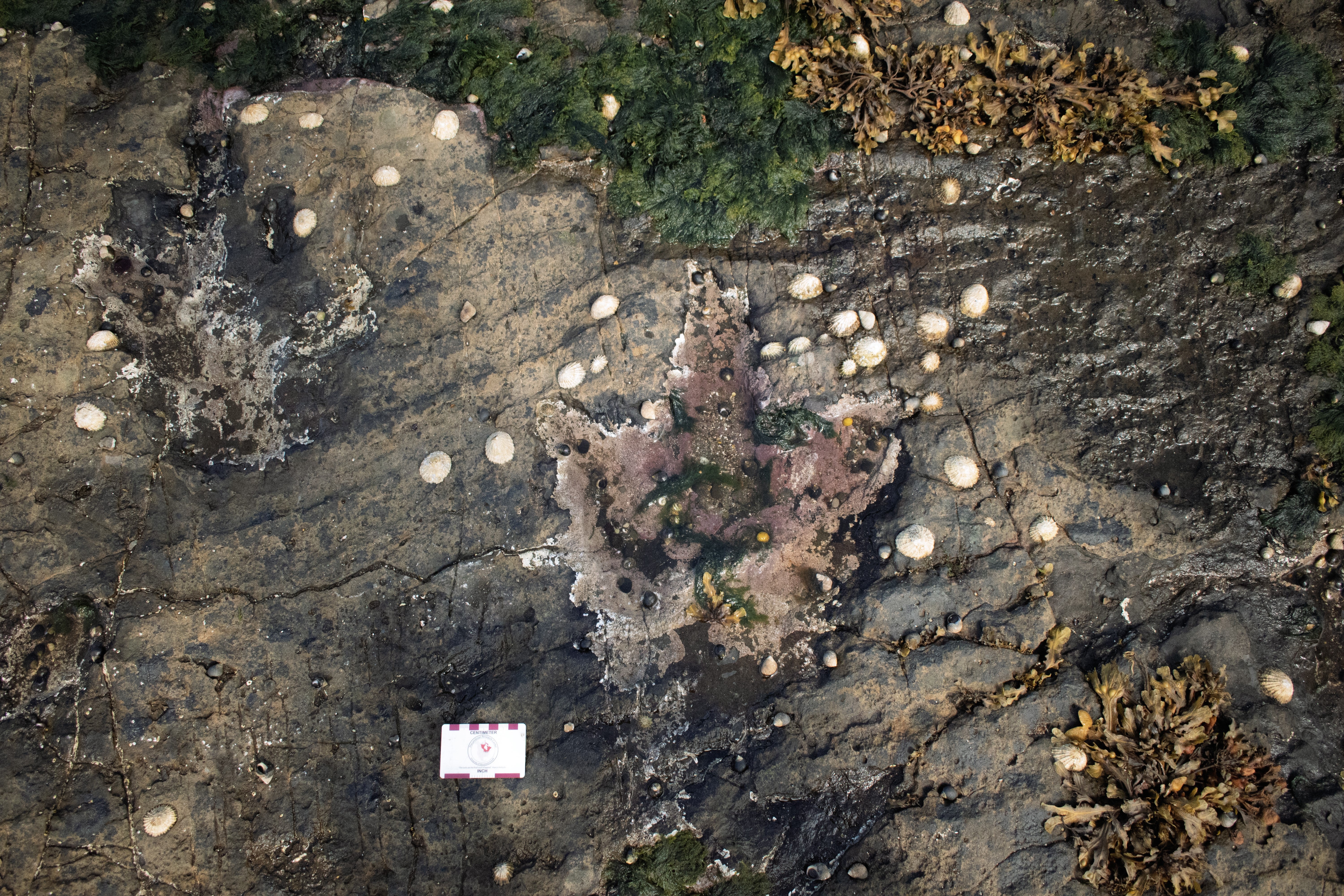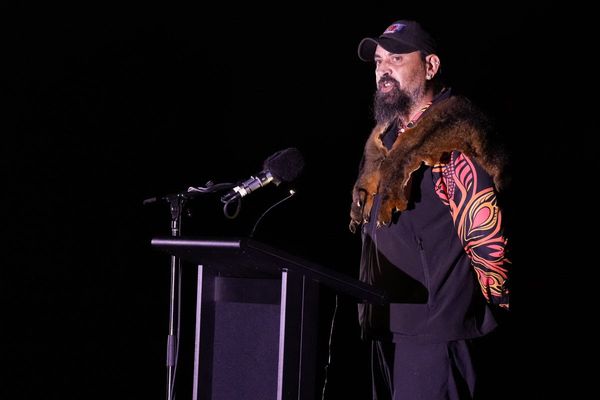
Newly-identified dinosaur footprints on the Isle of Skye reveal herbivores and carnivores coexisted at freshwater lagoons some 167 million years ago.
A University of Edinburgh team analysed 131 footprints at Prince Charles’s Point, on the island’s Trotternish Peninsula, uncovering evidence of a diverse ecosystem.
Among the tracks were rare prints of megalosaurs – a jeep-sized theropod and cousin and ancestor of the T.Rex – alongside those of plant-eating sauropods - long-necked herbivores possibly two or three times the size of an elephant, identifiable by their large, circular footprints.
The footprints were once considered by geologists to have been resting burrows of fish.
The researchers said the site provides a “fascinating insight” into the environmental preferences and behaviours of dinosaurs from the Middle Jurassic period.

Analysis of the multi-directional tracks and walking gaits, they explained, suggest the prehistoric beasts milled around the lagoon’s margins, similar to how animals congregate around watering holes today.
They added that the tracks show that regardless of dominance, the meat-eating therapods and plant-eating sauropods habitually spent time in lagoons, as opposed to exposed, drier mudflats.
Research lead Tone Blakesley said: “The footprints at Prince Charles’s Point provide a fascinating insight into the behaviours and environmental distributions of meat-eating theropods and plant-eating, long-necked sauropods during an important time in their evolution.
“On Skye, these dinosaurs clearly preferred shallowly submerged lagoon environments over subaerially exposed mudflats.”
The first three footprints at the site were discovered five years ago by a University of Edinburgh student and colleagues during a visit to the shoreline.
Subsequent discoveries of other footprints in the area made it one of the most extensive dinosaur track sites in Scotland, with scientists saying they expect to find more.
The research team studied the tracks by taking thousands of overlapping photographs of the entire site with a drone, before using specialist software software to construct 3D models of the footprints via a technique called photogrammetry.
Steve Brusatte, personal chair of palaeontology and evolution at the University of Edinburgh, reflected on the fact the remote bay on the Trotternish Peninsula was also where Bonnie Prince Charlie hid in 1746 while on the run from British troops.
“Prince Charles’s Point is a place where Scottish history and prehistory blend together,” he said.
“It’s astounding to think that when Bonnie Prince Charlie was running for his life, he might have been sprinting in the footsteps of dinosaurs.”
The research, published in PLOS One, was funded by the Leverhulme Trust and National Geographic Society.
Dinosaur predator and prey drank together from lagoons on Isle of Skye – study
JK Rowling stickers ‘not a transphobic dog whistle’, tribunal told
Scientists discover dinosaur-era wasp that used its rear end to kill
Discovery of ancient garden beneath Jesus’ burial site backs up Biblical account
Myanmar quake caused by rare type of superfast rupture, scientists say
Stone found by three-year-old turns out to be 3,800-year-old amulet







